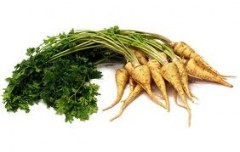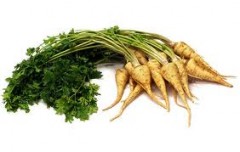July, the mid-winter month, is a busy time in my patch as I prepare ground for the growing times just ahead. I swear the days are already noticeably longer. I’m adding the plentiful winter weeds to the compost heap and mulching any bare ground. I use whatever’s to hand for mulch – leaves, twigs, straw, grass clippings, Council mulch. My preferred mulch is the Council stuff. I like what it does for the soil over time. Wherever it’s been, I have rich, crumbly, black loveliness. I know it can be annoyingly contaminated with bits of plastic and other junk, that we citizens throw into the green waste bins, but it’s much better than it used to be and the end results are worth the time cleaning it up in my opinion. I’m eagerly awaiting the new compost from the City to Soil initiative.
Of course, I add other things too: compost if I have it, manures of any sort though sheep is what I mostly get, pelletised chicken manure like Organic Life, occasionally some mineral booster like the Alroc New England Blend and a sprinkling of lime, gypsum or wood ash. Blood and bone I’d love to add but my fences don’t keep dogs out so I reluctantly do without, until they are dog-proofed. I don’t dig any of this in. I just put everything down on top of whatever’s there, making sure the mulch layer is last.
I still have plenty of cabbages, carrots, beetroot, collard greens, kales, mustard spinach and rocket that I’m harvesting so the garden is by no means bare. Some of what I already have in will keep me going until the new ones are harvestable. Not all though. Some will bolt as the days lengthen. Perfectly natural so it’s not a concern. In fact, it provides an opportunity to save seeds and restock the seed drawer. I only let the best of the plants go to seed though. No point at all in saving seeds from second rate material. Eat the second rate stuff, or compost it.
Next month I’ll be sowing lots of things: beetroot, broad bean, cabbage, carrot, cauliflower, celeriac, celery, Chinese cabbage, choi sum, Florence fennel, kale, kohlrabi, leek, lettuce, onion, parsley, parsley root, pea (shelling, snap and snow), radish, rocket, silverbeet, spinach, swede and turnip.
Some of you may not know parsley root. It’s new to me too but reasonably common in Central and Eastern Europe and in parts of Germany and Italy apparently. It goes by a number of names: parsley root, Hamburg parsley and turnip rooted parsley among others. It looks very like parsnip but I believe the flavour is quite different. I’m looking forward to trying it.
And let’s not forget fruit trees. Bare-rooted trees are in the nurseries now and it’s time to put them in the ground because the roots wake well before the above-ground parts show signs of life. When you buy a tree, make sure it has a decent shape, especially no branches crossing over (though these can be pruned off). At planting time, shake off any excess soil and prune off any roots that are damaged or curling around. It’s probably also a good idea to prune back some of the top of the plant too so that both above- and below-ground parts are in proportion. Equal would be nice but not always possible.
Our lovely winter days make it a pleasure to get out there, clean up the veg patch and plant a fruit tree or two.
Have fun gardening.

